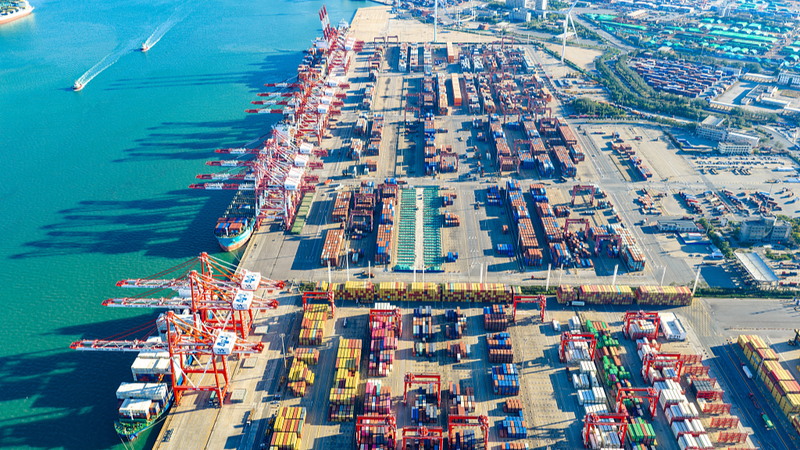China's Inflation and Industrial Prices: What's Going On?
Hey there! 👋 Did you hear about China's latest economic numbers? Let's break it down together!
Consumer Prices Are Up 📈
In February, China's Consumer Price Index (CPI) went up by 0.7% compared to last year. That's a significant shift from January, when the CPI actually dropped by 0.8%. On a month-to-month basis, the CPI increased by 1% in February.
But wait, there's more! The core CPI—which doesn't count volatile food and energy prices—rose by 1.2% year on year. This is the biggest jump since February 2022. 😲
So, what's causing this rise? Zhang Yu, a top macro analyst at Huachuang Securities, predicted this increase. She pointed out that the Spring Festival 🎉 (also known as the Lunar New Year) boosted spending. Plus, rising international oil prices made fuel more expensive in China. All these factors pushed the CPI higher.
Producer Prices Are Down 📉
On the flip side, China's Producer Price Index (PPI)—which measures the prices of goods at the factory gate—fell by 2.7% compared to last year. That's a bit more than the decline seen in January.
Why the drop? February is usually a slow month for factories, and the Spring Festival holiday meant many businesses took a break. This seasonal lull led to a 0.2% month-on-month decrease in the PPI, matching the dip from the previous month.
What Does This Mean for You?
If you're a young entrepreneur, investor, or just curious about global economics, these numbers are important! They show how China's economy is changing, which can have ripple effects around the world. 🌍
Higher consumer prices might mean that people are spending more, which can be good for businesses. But falling producer prices could signal challenges for manufacturers.
Keep an eye on these trends, especially if you're interested in the Asian markets or planning to travel there. ✈️ Understanding these economic indicators can help you make smarter decisions!
Reference(s):
cgtn.com




